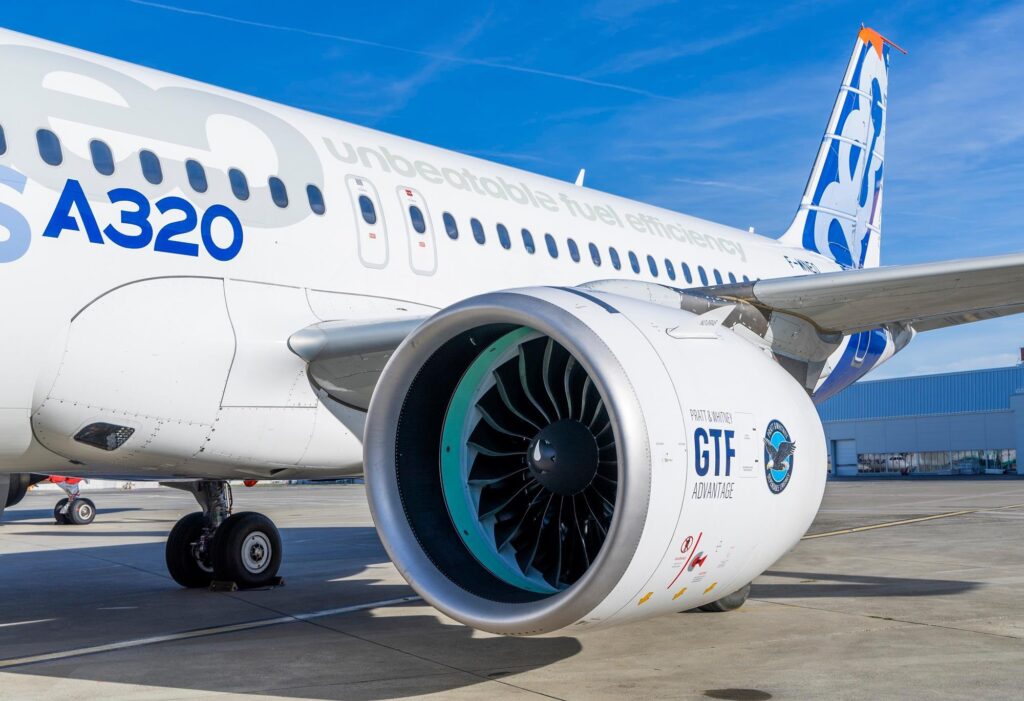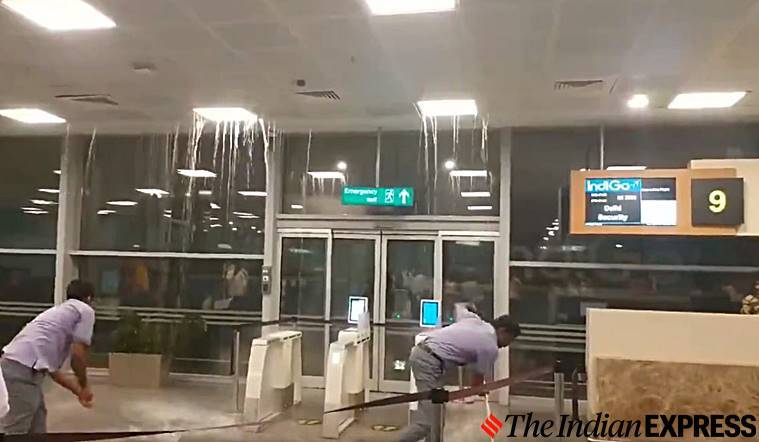Unraveling the Mystery: P&W Engine Snags Behind These Aircraft Problems
In the midst of an already challenging time for the aviation industry, India is facing a potential exacerbation of its aircraft capacity shortage due to fresh troubles with Pratt & Whitney’s (P&W) snags-ridden geared turbofan (GTF) engine. These engines power the Airbus 321neo and have caused nearly 50 IndiGo planes to be grounded, along with the once 60-aircraft-strong Go First fleet.
The latest issue revolves around the discovery of microscopic contaminants in metal used in parts of the engine’s core. This problem has raised concerns over the safety and reliability of the engines, leading to urgent discussions between the Directorate General of Civil Aviation (DGCA), the American counterpart Federal Aviation Administration (FAA), and Pratt & Whitney.

Pratt & Whitney held a recent video conference to address the issue, during which they informed the Indian regulator that they would release technical guidance on the matter in early August. This guidance will determine the number of engines that require inspection and repair, which could significantly impact IndiGo’s capacity if the number turns out to be high.
As of now, experts speculate that the issue may impact 11 IndiGo planes, with six of them already grounded due to the problem with Pratt & Whitney’s GTF engines. However, the exact number of affected engines remains unknown until Pratt & Whitney releases its technical guidance in early August. However, concrete details will only be available after the release of P&W’s technical guidance.
IndiGo, one of India’s leading airlines, is most affected by this engine problem. The airline operates 136 aircraft from the A320 family, all of which have P&W engines.
IndiGo, renowned for carrying over 60% of domestic passengers and dominating international travel to and from India, has grounded 47 of its planes due to various issues, including P&W’s failure to provide timely replacement engines.
P&W’s technical Guidance
If P&W’s technical guidance leads to grounding a significant number of planes for engine checks, it could worsen the aircraft capacity crunch in the country, resulting in higher airfares. This comes at a time when the post-Go First peak summer season saw domestic fares reaching record levels.
The potential shortage of available aircraft and the resultant increase in airfares could not have come at a worse time for the Indian aviation industry, with the festive season approaching. During this period, travel demand typically surges, and limited available capacity may leave passengers with fewer options and higher ticket prices.
For now, both IndiGo and Pratt & Whitney have yet to comment officially on the issue, leaving the aviation industry and travelers eagerly awaiting further updates. Authorities are closely monitoring the situation to ensure passenger safety and to mitigate the impact on air travel during this critical time.
As the Indian aviation sector grapples with engine troubles, industry stakeholders are hoping for swift and effective resolutions to prevent further disruptions and minimize the impact on travelers. All eyes are on Pratt & Whitney’s upcoming technical guidance, which will play a crucial role in determining the scale of the problem and charting a path toward resolving it.
In conclusion, the ongoing challenges faced by Pratt & Whitney’s GTF engines are causing substantial difficulties for airlines, particularly IndiGo and Go First, and have the potential to worsen the existing aircraft capacity shortage in India. The aviation industry is on high alert as the festive season approaches, with the hope that quick resolutions can be implemented to prevent higher airfares and ensure a smooth and safe travel experience for passengers.
Read more Latest Indian Aviation News
Check out: Aviation Jobs Listing (India)



